LOTUS CERTIFICATION SYSTEM
Introduction
LOTUS is a set of voluntary green building rating systems developed by Vietnam Green Building Council (VGBC). In Vietnam, VGBC has registered the Vietnam Green Building Social Enterprise Co. Ltd. to manage the LOTUS assessment and training programs.
Developed based on established building physics science and adapted to the conditions, climate, and regulations of the Vietnam construction sector, LOTUS provides a holistic assessment of environmental performance over the life cycle of buildings. It provides an integrated approach for evaluating buildings in terms of energy consumption, water use and waste management as well as indoor environmental quality. It serves as an objective rating system that can be used by any stakeholder in the construction process – developers, designers, contractors and owners alike – for decision-making purposes.
Since the first LOTUS pilot program was released in 2010, the rating system has undergone several updates and revisions. The latest version is LOTUS New Construction (NC) v3, released in April 2019. LOTUS now cover almost all building types and project scopes, including:
- LOTUS NC v3, for new construction projects with a gross floor area (GFA) of 2,500 m2 or more (both residential and non-residential buildings)
- LOTUS BIO, for projects in operation
- LOTUS Homes, for single housing projects
- LOTUS SB, for small-scale non-residential projects (GFA less than 2500 m2)
- LOTUS Interiors, for interior finishing projects
- LOTUS Small Interiors, for small-scale interior finishing projects (area under 1000 m2)
LOTUS NC Credit Categories
LOTUS rating system provides a framework for design, construction and operation of buildings from a whole-building perspective and recognizes performance in 7 key areas. Points are awarded for the achievement of credit requirements in each of these areas. In addition, there are certain prerequisites under each category that the project must meet in order to qualify for consideration of other credits.
-
Energy
This category of credits and prerequisites sets standards for minimum energy efficiency of buildings and encourages the use of various strategies to reduce their overall energy consumption. It also rewards monitoring energy use and supplementing it with on-site renewable energy systems. Up to 32 points can be achieved by implementing various credit requirements in this category.
-
Water
The increasing use of potable water by buildings has caused a severe drop in the water level in underground aquifers and likely lead to a strain on the country’s water resources, as has already happened in some major urban centers around the world. The credits and prerequisites in this category outline water reduction targets and encourage the use of various strategies, such as using high-efficiency fixtures, reusing rainwater, etc. to reduce the amount of potable water used in buildings. It also encourages the use of efficient irrigation and landscape design strategies to reduce the amount of water used for irrigation purposes.
-
Materials & Resources
This category focuses on reducing the amount of waste that buildings generate during both their construction and operation cycles. It encourages the selection of sustainable materials that incorporate recycled content, is made from rapidly renewable materials, and/or sourced regionally. The category also rewards strategies that reduce the use of concrete or minimize the need for landfill and incinerator disposal for materials that leave the building.
-
Health & Comfort
This category focuses on improving the overall indoor environmental quality of buildings. It rewards projects that provide improved ventilation, are designed with occupant thermal and acoustic comfort in mind. It also encourages the use of daylighting and improving access to outdoor views for occupants.
-
Site & Environment
This category of credits provides guidance on how to select, design and manage project sites. Specifically, it encourages designing regionally appropriate landscapes, utilizing best practices for stormwater management. It also rewards smart transportation choices, reduction in light pollution, heat island effect, and construction activity pollution. In essence, these credits try to mitigate some of the negative effects of buildings on the local and regional environment.
-
Project Management
This category encourages integrative design, application of BIM, building commissioning and other effective project management practices to deliver high-performance buildings in a cost-effective manner.
-
Exceptional Performance
This category offers projects a chance to gain extra points in addition to the credit points offered in the above categories. Up to 8 points can be achieved under this category. There are two ways by which these credits can be achieved:
- By demonstrating use of innovative strategies to improve the building’s performance beyond what is required by a LOTUS credit (these are referred to as Enhanced Performance points); or
- By pursuing innovative ideas that are not specifically addressed by any credit in the rating system
CERTIFICATION LEVELS
LOTUS Certification consists of four levels of certification – Certified, Silver, Gold and Platinum – based on the number of points a project is awarded. There is a varying number of points available for each rating system (including bonus points within the Innovation category). To earn LOTUS Certification, a project must satisfy all prerequisites and achieve a minimum of 40% of the total amount of points (exclusive of bonus points).

To see our LOTUS certified project, please visit HERE

 Tiếng Việt
Tiếng Việt
